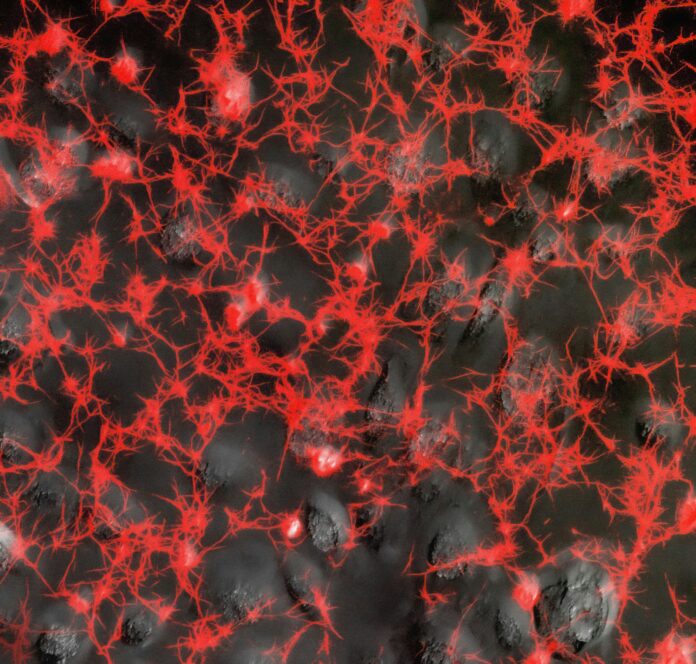AdBlue is a crucial component in the effort to reduce harmful emissions from diesel engines and comply with stringent environmental standards. Here, I’ll provide a comprehensive overview of AdBlue, covering its composition, usage, benefits, challenges, and various aspects associated with this diesel exhaust fluid.
AdBlue, also known as Diesel Exhaust Fluid (DEF), is a clear, non-toxic, and colorless liquid. It is composed of 32.5% urea and 67.5% deionized water. The primary purpose of AdBlue is to reduce nitrogen oxide (NOx) emissions from diesel engines, which contribute to air pollution and environmental degradation.
1. Environmental Regulations:
AdBlue plays a pivotal role in helping diesel vehicles comply with strict emission standards worldwide. Governments and environmental agencies have implemented stringent regulations to control NOx emissions, and AdBlue is a key solution in achieving compliance. Major emissions standards such as Euro 6 in Europe and EPA Tier 4 in the United States mandate the use of AdBlue in modern diesel engines.
2. Selective Catalytic Reduction (SCR) Technology:
AdBlue is integral to the Selective Catalytic Reduction (SCR) technology employed in diesel vehicles. In SCR systems, AdBlue is injected into the exhaust stream, where it reacts with nitrogen oxides in the presence of a catalyst to convert them into harmless nitrogen and water vapor. This process significantly reduces NOx emissions, contributing to cleaner air and environmental sustainability.
3. Usage in Commercial Vehicles:
AdBlue is primarily used in heavy-duty commercial vehicles, such as trucks, buses, and agricultural machinery. These vehicles often have larger engines and emit higher levels of NOx, making AdBlue a critical component for meeting emission standards. However, some passenger cars with diesel engines also utilize AdBlue to comply with emissions regulations.
4. Refilling and Storage:
Vehicles equipped with SCR systems have a dedicated AdBlue tank, usually located near the fuel tank. Refilling AdBlue is a simple process, akin to adding fuel. Users can purchase AdBlue at fuel stations, automotive supply stores, or from specific AdBlue dispensers. Proper storage is essential to maintain AdBlue’s effectiveness; it should be kept in a sealed container to prevent contamination and should not be exposed to extreme temperatures.
5. Chemical Reactions:
The chemical reaction that occurs in the SCR system involves the decomposition of urea into ammonia (NH3) and carbon dioxide (CO2). Ammonia then reacts with nitrogen oxides in the exhaust gases, forming nitrogen and water. This chemical process is crucial for achieving the desired reduction in NOx emissions and underscores the importance of maintaining the correct AdBlue-to-fuel ratio.
6. AdBlue Quality and Purity:
The quality and purity of AdBlue are crucial for the proper functioning of SCR systems. Impurities or contaminants in AdBlue can lead to malfunctions in the SCR system, potentially causing damage to the catalyst. Therefore, it is essential to use AdBlue that complies with ISO 22241 standards to ensure its purity and adherence to specifications.
7. Temperature Considerations:
AdBlue has a freezing point of approximately -11°C (12°F). In colder climates, precautions must be taken to prevent the AdBlue solution from freezing, as frozen AdBlue can damage the SCR system. Most vehicles equipped with SCR technology include features such as heated tanks or lines to mitigate the risk of freezing.
8. Economic Implications:
While AdBlue itself is relatively inexpensive, its usage has economic implications for vehicle operators. The consumption of AdBlue is directly proportional to fuel consumption, and the cost of AdBlue can contribute to the overall operating expenses of diesel vehicles. Effective management of AdBlue usage is essential for optimizing operational costs.
9. Global Adoption and Awareness:
AdBlue has gained widespread adoption globally, driven by the need to meet stringent emission standards. Awareness of AdBlue and its role in reducing emissions has increased among vehicle owners, operators, and maintenance professionals. Governments and environmental organizations continue to promote the use of AdBlue as part of broader efforts to address air quality issues.
10. Future Developments and Alternatives:
As environmental concerns and emission standards evolve, the role of AdBlue may see further developments. Researchers and manufacturers are continually exploring alternative technologies and solutions to enhance the efficiency of emissions control. Hydrogen-based SCR systems, for example, are being researched as potential alternatives to traditional AdBlue solutions.
AdBlue is a crucial component in the drive to reduce harmful emissions from diesel engines. Its adoption is essential for compliance with strict environmental regulations, and its role in SCR technology significantly contributes to cleaner air and sustainable transportation. Proper handling, storage, and awareness of AdBlue’s chemical reactions are vital aspects for maintaining the effectiveness of SCR systems and ensuring a positive environmental impact. As the automotive industry continues to evolve, AdBlue remains a key player in the pursuit of greener and more eco-friendly transportation solutions.
In recent years, the global automotive industry has witnessed a significant paradigm shift towards environmental sustainability, and AdBlue, also known as Diesel Exhaust Fluid (DEF), has emerged as a crucial player in this transformative journey. One of the primary drivers behind the widespread adoption of AdBlue is the stringent environmental regulations imposed by governments and regulatory bodies worldwide. These regulations, exemplified by standards like Euro 6 in Europe and EPA Tier 4 in the United States, mandate the use of AdBlue in diesel engines to curb nitrogen oxide (NOx) emissions, addressing the critical issue of air pollution.
Integral to the success of AdBlue is the Selective Catalytic Reduction (SCR) technology, a sophisticated emission control system employed in diesel vehicles. AdBlue, with its composition of 32.5% urea and 67.5% deionized water, plays a pivotal role in the SCR process. The chemical reactions involved in this technology are intricate yet highly effective, involving the decomposition of urea into ammonia and carbon dioxide. Ammonia then reacts with NOx in the exhaust gases, converting them into harmless nitrogen and water vapor. This systematic approach ensures a substantial reduction in NOx emissions, aligning with the overarching goal of achieving cleaner air and environmental sustainability.
While AdBlue is prominently utilized in heavy-duty commercial vehicles such as trucks and buses, its application extends to agricultural machinery and, to some extent, passenger cars with diesel engines. The ease of refilling AdBlue, akin to the process of adding fuel, and its availability at fuel stations and automotive supply stores contribute to its practical usage in various vehicle types.
A critical aspect of AdBlue management lies in the proper storage and quality of the fluid. AdBlue must adhere to ISO 22241 standards to maintain its purity and effectiveness in the SCR system. Contaminants or impurities in AdBlue can lead to malfunctions in the SCR system, potentially causing damage to the catalyst. Thus, vehicle operators and maintenance professionals must exercise diligence in selecting high-quality AdBlue to ensure optimal performance and compliance with emissions standards.
Temperature considerations are paramount in the effective use of AdBlue. With a freezing point of approximately -11°C (12°F), precautions must be taken in colder climates to prevent AdBlue from freezing. Many vehicles equipped with SCR technology come with features such as heated tanks or lines to mitigate the risk of freezing and maintain the fluid in a usable state.
Beyond the technical aspects, the economic implications of AdBlue usage cannot be overlooked. While the fluid itself is relatively inexpensive, its consumption is directly linked to fuel consumption. Consequently, the cost of AdBlue becomes a contributing factor to the overall operating expenses of diesel vehicles. Effective management of AdBlue usage is thus crucial for operators seeking to optimize their operational costs while maintaining compliance with emissions regulations.
The global adoption of AdBlue has seen a steady rise, driven by the growing awareness of its role in emissions control and the broader efforts to address air quality issues. Governments, environmental organizations, and industry stakeholders continue to advocate for the use of AdBlue as an integral part of sustainable transportation solutions. This increasing awareness has permeated among vehicle owners, operators, and maintenance professionals, creating a collective commitment to reducing the environmental impact of diesel engines.
Looking ahead, the future of AdBlue may witness further developments and alternatives as emission standards and environmental concerns continue to evolve. Researchers and manufacturers are actively exploring alternative technologies, such as hydrogen-based SCR systems, which could potentially offer more efficient and eco-friendly solutions. As the automotive industry navigates towards greener practices, AdBlue remains a cornerstone in the pursuit of cleaner air and a sustainable transportation ecosystem. Its role as a catalyst for change in emissions control reflects a broader commitment to mitigating the environmental impact of diesel engines, marking a significant step towards a more sustainable and eco-conscious future.














